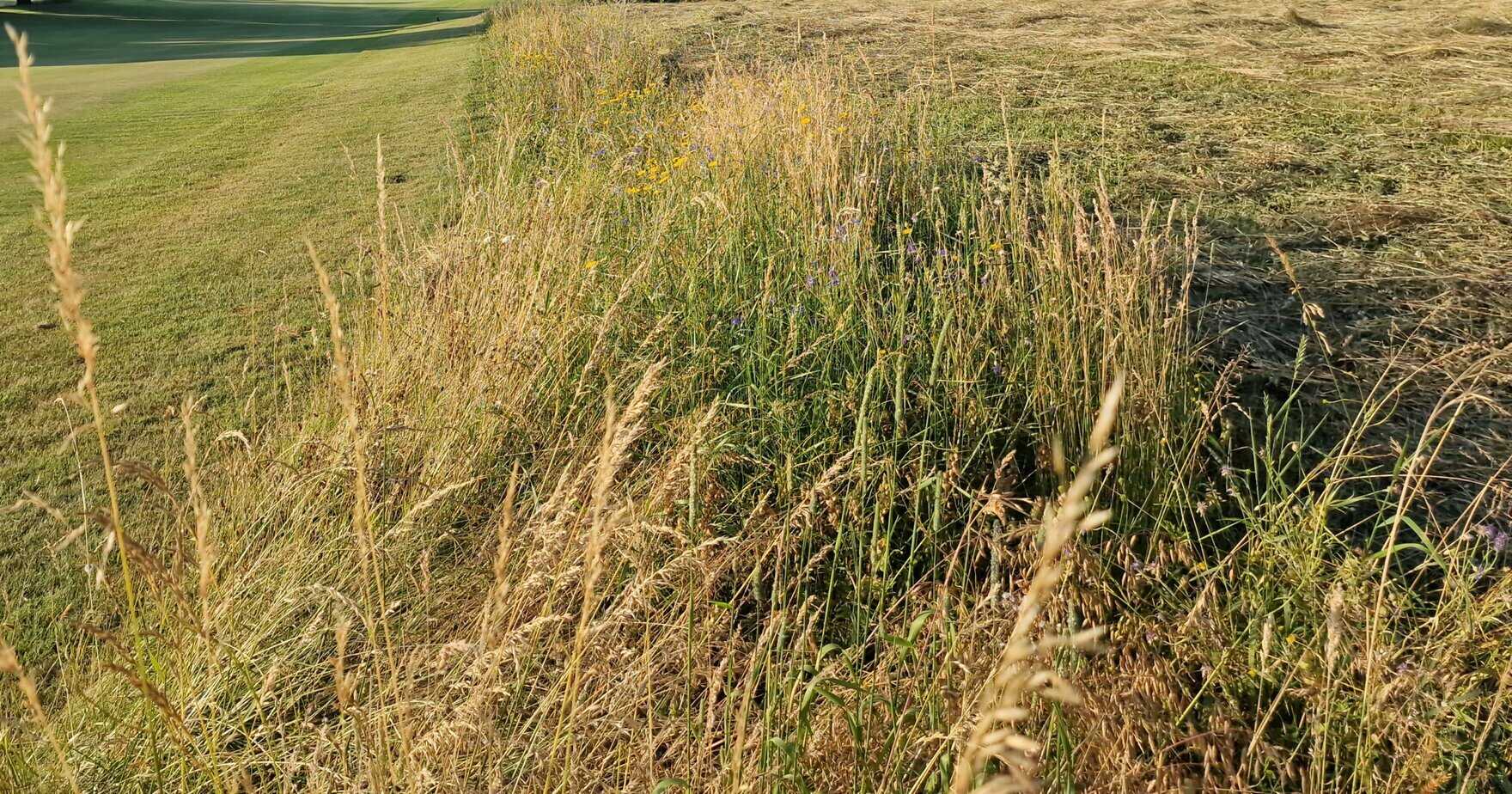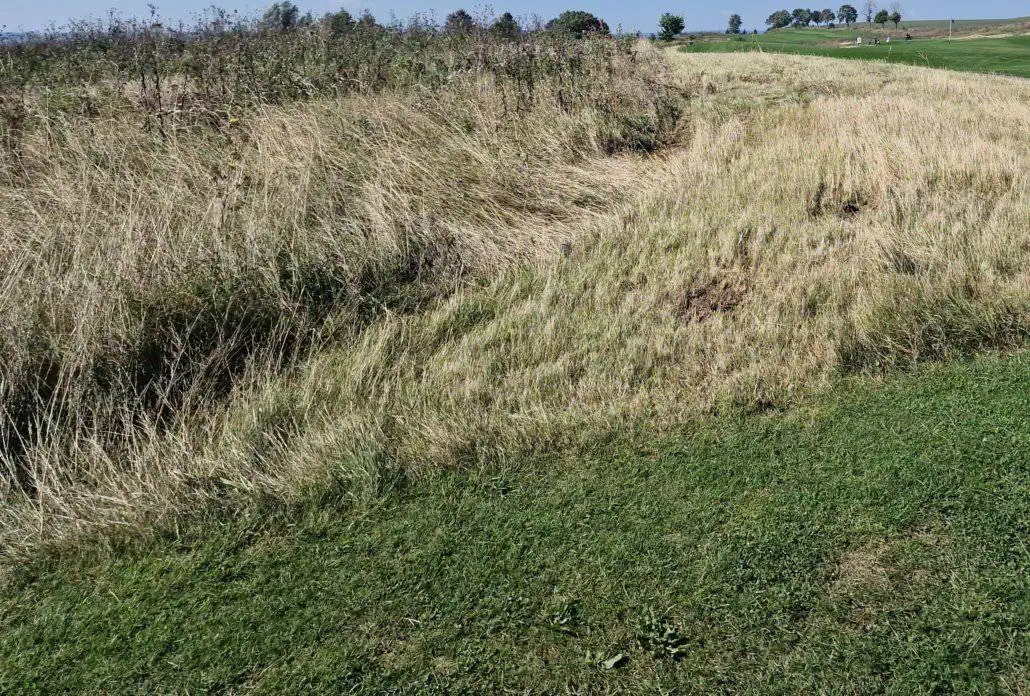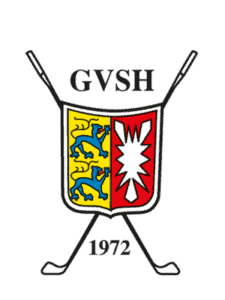Rough edges on golf courses provide a habitat for insects in winter, even if the first thought when looking at the faded meadow stalks on the edge of the fairway is a different one: the greenkeeping team forgot to cut here, the mower was broken, or the working day may have come to an end. After all, the rest of the rough is perfectly mowed. So it’s a mess, and just before winter.
The apparent disorder makes sense in this case when it comes to promoting biodiversity on golf courses. While for decades all meadows were mowed evenly in late summer and fall in Europe, so-called strip mowing has now become established on numerous golf courses. Parts of the meadow are left to provide a refuge for insects and animals.
Insects need places to hide, burrow, and wrap up to get through the cold season. Cleared-up and cleared-out areas are a disaster for them. A little disorder ensures the survival of dragonflies, beetles, moths, and caterpillars. They may all have chosen a golf course as their habitat and plan to spend the winter there. If all meadows are mowed down, all water surfaces are cleared of plant stems, and possibly even the deadwood piles are removed, the winter quarters of insects dwindle.
The motto is therefore clear: around ten to 20 % of an area should not be mown, with this area ideally being changed every year. This also gives the plants the opportunity to spread their seeds if they are late-flowering species.
Grass clippings must not be left lying around
Greenkeepers are now also breaking new ground when it comes to mowing. The simple method of leaving the grass cuttings on the mown meadow is completely outdated. Mulching, as the clippings are left lying around, has almost exclusively negative consequences.
Less diversity: When mulching, the mowed material is spread over the area, preventing light from reaching the ground. This hinders less competitive plants and seedlings that depend on open patches of ground. Wildflowers and herbs gradually disappear.
Over-fertilisation of the soil: The mulch’s decomposition enriches the soil with nutrients, promoting nutrient-loving, dominant grasses. Rarer plant species, therefore, have no chance, and the meadows become impoverished.
Loss of habitats: Mulching destroys habitats for insects, spiders, amphibians and ground-nesting birds that need undisturbed meadows. The mulch material blocks hiding places and food sources.
Endangered insect populations: Pollinators such as bees, butterflies and beetles lose their habitats due to mulching. This weakens the entire ecosystem, as these insects are important pollinators and food sources for other animals.
Damage to soil fauna: The mulch layer changes the microclimate in the soil, which affects earthworms and other soil animals. However, these are crucial for the soil structure and the nutrient cycle.
Encouraging invasive species: Mulching often encourages the growth of invasive plants that displace native species and further reduce biodiversity.
There’s no question that this means extra work for the golf courses. After all, the clippings first have to be removed and then recycled. Ideally, as is the case at Förde Golf-Klub Glücksburg in northern Germany, the customer is also located on the premises. Here, the grass clippings are used as hay for the Galloway cattle, which graze next to the fairways on a compensation area. The golf club produces around 130 to 140 bales of hay per year, which then go to the 30 animals. “The late mowing means that seed always falls on the ground and it’s always a clean area that always blooms beautifully,” notes head greenkeeper Frank Hansen. A win-win situation for the golf club, the herd operator and the insects on the golf course.








 Image: Helmut Böhmer
Image: Helmut Böhmer